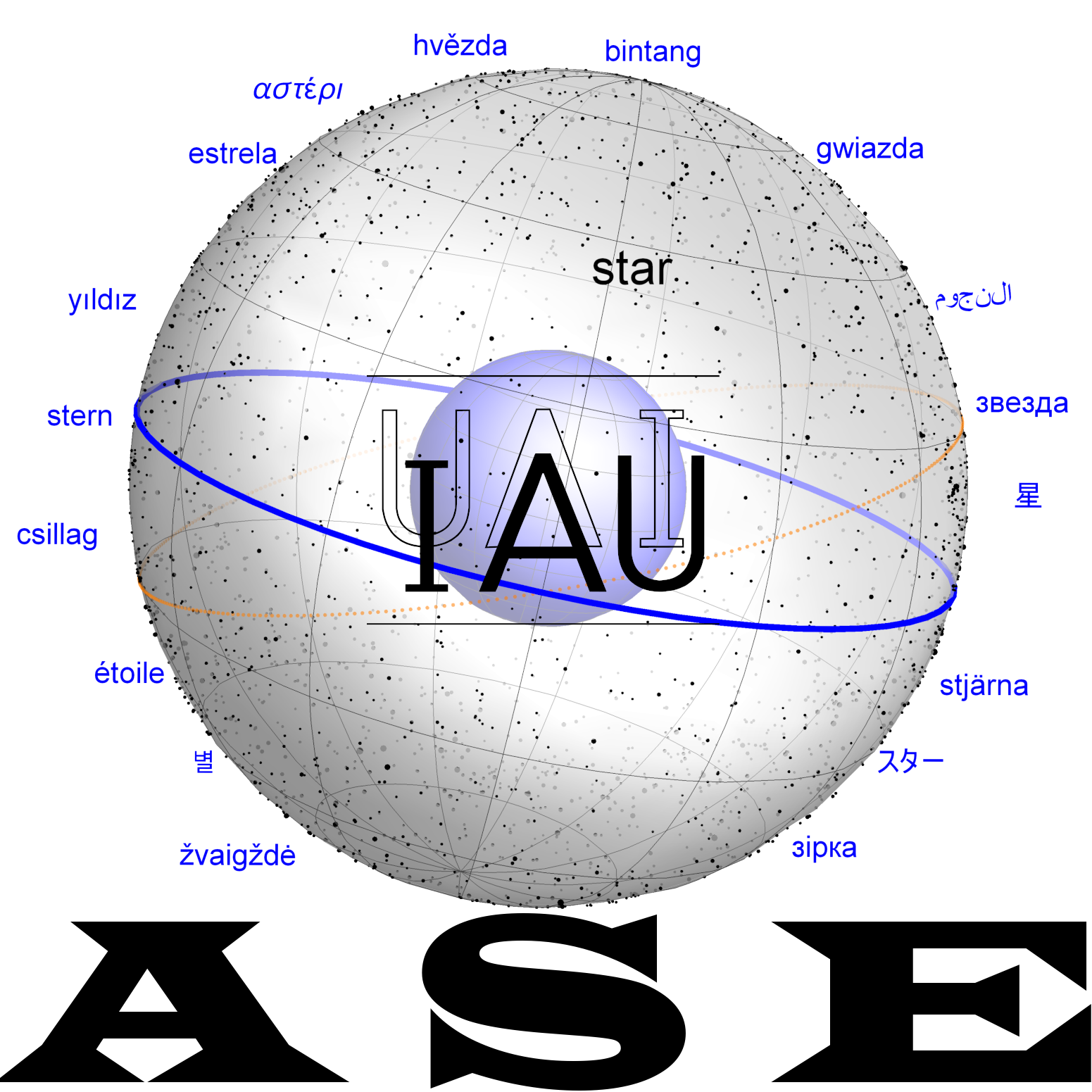EN.TE.NA.BAR.GUZ
an ancient Mesopotamian asterism.
Dictionary (Provenance of the term)
Krebernik (2023)
now read EN.TE.NA.BAR.GUZ. Conventionally transliterated as mulEN.TE.NA.BAR.ḪUM. Theoretically the BAR could also be read MAŠ since the two originally distinct signs merged in the beginning of the 2nd millennium BCE. However, at least one Old Babylonian lexical text clearly has the old form of BAR (CBS 6074 + UM 29-16-44 + N 6069 rev. iii’ 1, Nippur forerunner to Hh XX-XXII, cf. photo cdli P229320: [mul]EN.TE.EN.NA.BAR.GUZ). The reading GUZ of the last sign LUM (= ḪUM) is confirmed by the spelling mulEN.TE.NA.BAR.ḪUŠ in a mB forerunner of the same list from Emar (Msk 47187 rev. ii’ 10’, see Arnaud 1985, VI.2, 461, and Gantzert 2011, I 215, II 127), where the name is translated ḫa-ba-ṣi-na-rù. The usual form of the Akk. equivalent is, however, ḫa-ba-ṣi-ra-nu. Once the name is explained as uzuGU2.MURGU dA-num “Back-bone of Anum”, see N. Veldhuis, http://oracc.museum.upenn.edu/dcclt/corpus#P393814.19 . MURGU obviously resulted from a misinterpretation of the similar sign LUM. There and elsewhere the sumerogram is interpreted as “Shaggy Winter Star” or the like. This interpretation is based on Sum. en-te-n “winter” and bar-guz = Akk. (ḫ)apparû “(with) shaggy (hair)” (cf., e.g., Horowitz 2014, 246, fn. 1620). In the dictionaries, ḫa-ba-ṣi-ra-nu is found under ḫums/ṣīru (AHW), ḫumṣiru (CAD), a term for a (big) “mouse”, which displays a variety of different forms. The ancient scribes understood ḫa-ba-ṣi-ra-nu by means of folk etymology as *ḫabbāt-ṣēr-Anu “Raider of the back/steppe of Anum” according to the commentary iḫbut ṣēr Anu “he raided the back/steppe of Anu” in a star list (5R 46: 48, cf. Weidner, HbA 51–52). mulEN.TE.NA.BAR.GUZ (EA 4l).
Kurtik with Hilder, Hoffmann, Horowitz, Kim
| Sources | Identifications |
|---|---|
| Example | Example |
| Example | Example |
additional
Historical Dictionaries
| Kurtik (2022) | Gössmann (1950) |
|---|---|
| Example | Example |
| Example | Example |




